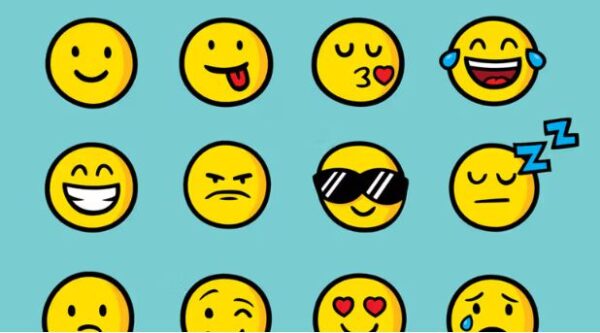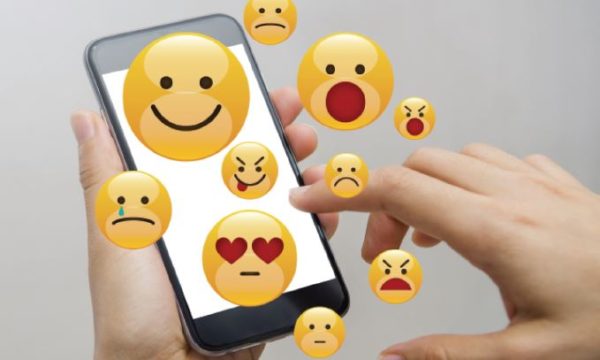Lifestyle
The most hated emojis in the world

Emoji, as the name suggests, add emotions and reactions to chats, preventing them from feeling plain and text-only
When texting, a perceived lack of emotion can make the conversation seem robotic and might even be perceived as aggressive.
However, using the wrong emoji can be equally problematic.
The worst emojis in the world
Gen Zs have weighed in on the top 10 emojis they wish would disappear forever.
According to research conducted by Perspectus Global via Yahoo!, which surveyed 2,000 British people aged 16 to 29, there are 10 emojis that make you seem “old” when used in texting.
These include the thumbs-up emoji (👍) which ranks as number one most-hated emoji. The thumbs-up emoji is often seen as a symbol of low-key hostility.
Younger generations find it passive-aggressive and dismissive, especially when used as a reaction. It’s perceived as a low-effort response.
Its uninspired visual depiction can feel like a dismissive and angry reply, similar to receiving a text that simply says “K” or ends with a period.
Other hated emojis include the red heart (❤️), the okay sign (👌), the check mark (✔️), the poo emoji (💩), the intense crying face (😭), the monkey covering its eyes (🙈), clapping hands (👏), the kiss or lips mark (💋), and the grimacing face (😬).
According to the Thrillist, the following emojis are also passive-aggressive:
Upside-Down Smiley (🙃)
An upside-down smile is never a real smile. It embodies passive hostility and is often used when someone is upset, angry, or inconvenienced. If you receive this emoji, you’ve probably done something wrong.
100 Points(💯)
The “100 Points” emoji is often used sarcastically to suggest inadequacy. While it’s meant to express admiration, it can come across as passive-aggressive, giving a backhanded compliment rather than genuine praise.







